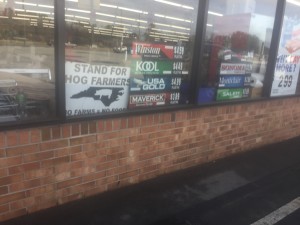 Judges are requiring plaintiffs’ lawyers to disclose third-party funding in lawsuits, revealing those who have a stake in cases.
Judges are requiring plaintiffs’ lawyers to disclose third-party funding in lawsuits, revealing those who have a stake in cases.
An article by The Recorder at law.com reports on this possible trend.
“As rule makers and politicians continue to debate about whether to disclose third-party funding in multidistrict litigation, some federal judges have forged ahead in requiring plaintiffs lawyers to do just that,” The Recorder reports.
Recently, U.S. District Judge Casey Rodgers, in Pensacola, Fla., ordered plaintiffs’ lawyers to disclose how they are funding hundreds of lawsuits brought by U.S. service members over 3M’s combat earplug cases, the site notes.
“The motivations behind such orders aren’t entirely clear,” the article notes.
“Judges might simply want to know whether plaintiffs attorneys have enough money” to fund the entire lawsuit, one source says.
